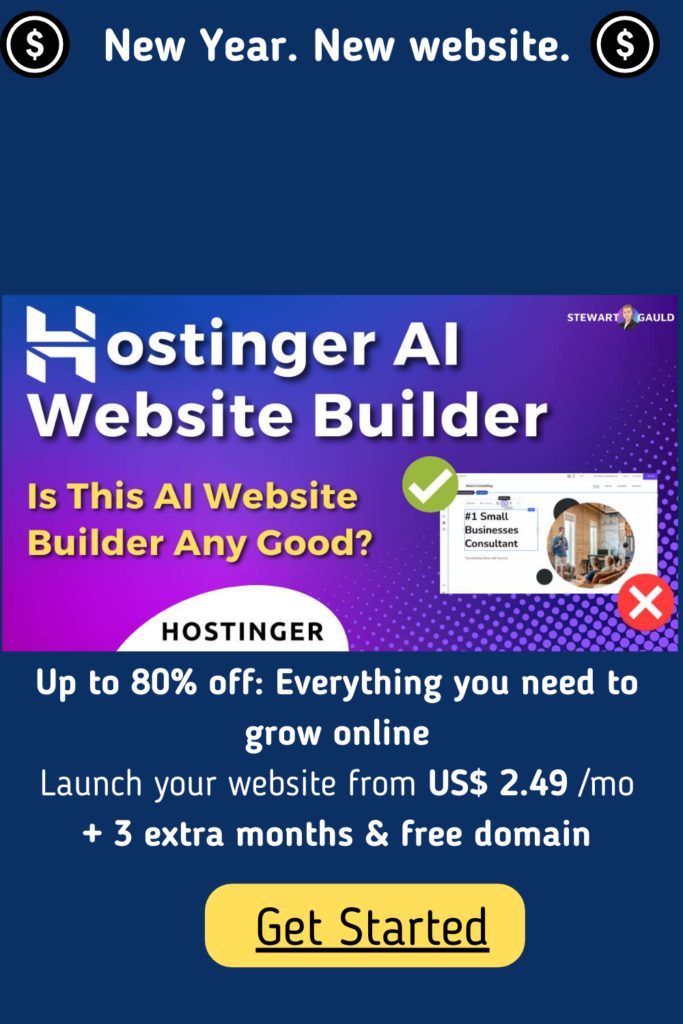
In today’s fast-paced digital world, content marketing stands out as a powerful way for brands to connect with their audience on a deeper level. But like any strategy, it has its own set of pros and cons. From building strong customer relationships to facing the challenge of consistent content creation, understanding both sides is key.
This guide will uncover the main advantages and potential pitfalls of content marketing. Whether you’re a seasoned marketer or just starting out, you’ll find insights here to help craft a winning strategy.
The Advantages of Content Marketing
Builds Trust and Relationships
Content marketing helps brands build and nurture relationships with their audience. Unlike traditional advertising, which can feel pushy, content marketing offers valuable, relevant, and entertaining information. This builds trust and credibility, encouraging customer loyalty.
Improves SEO and Visibility
High-quality, regularly updated content boosts your website’s search engine rankings. When you use keywords that match what your audience is searching for, you attract more organic traffic. This visibility strengthens your brand’s presence online.
Cost-Effective with Long-Term Benefits
While content marketing takes time and effort, it often costs less than traditional advertising. Once published, good content can continue attracting traffic and leads without ongoing investment. That’s why it works well for businesses with limited budgets.
Common Challenges in Content Marketing
Consistent Quality is Hard
Creating fresh, high-quality content regularly can be tough, especially for small teams. In a crowded digital space, standing out means being original and engaging, which takes time and skill.
Measuring ROI Can Be Tricky
Content marketing doesn’t always offer clear results. Metrics like likes, shares, or time on page help, but they don’t always show direct sales. This can make it hard to prove its value to stakeholders.
Knowing Your Audience is Critical
Success depends on deeply understanding your audience’s needs and preferences. If you miss the mark, your content won’t resonate, and your efforts could be wasted.
Understanding Your Target Audience
Go Beyond Demographics
Knowing your audience means more than just age or gender. You need to understand their habits, challenges, and what motivates them.
Use Research and Feedback
Conduct surveys, focus groups, and monitor social media to find out what your audience wants. This research should be ongoing as people’s interests and behaviors change.
Encourage Two-Way Communication
Talk with your audience through comments, social media, and feedback forms. These interactions offer clues about what they value and expect from your content.
Key Content Marketing Strategies for Success
Create a Content Calendar
Plan your content in advance to stay consistent. A calendar helps you post regularly and align your content with key dates, events, or product launches.
Diversify Your Content Formats
Don’t just stick to blogs. Use videos, infographics, podcasts, and interactive posts to keep things fresh. Different formats reach different people and improve engagement.
Focus on SEO
Do keyword research and add relevant terms naturally to your content. Optimize headlines, meta descriptions, and image alt texts. Monitor your SEO data and adapt as needed.

Measuring the Effectiveness of Your Content
Track Engagement
Keep an eye on likes, shares, comments, and how long users stay on your pages. High engagement means your content is working.
Measure Conversions
See how many readers take action, such as signing up, downloading a resource, or making a purchase. Set clear goals in tools like Google Analytics to track this.
Monitor Over Time
Check traffic trends, bounce rates, and new vs. returning visitors. Use this data to improve content or repurpose older posts that still have value.
Tools and Resources to Boost Your Efforts
Use a CMS
Platforms like WordPress or HubSpot help you create, publish, and manage content easily. Many include SEO tools and social integrations.

Manage Social Media
Tools like Hootsuite, Tailwind, Buffer, or Sprout Social let you schedule posts and track engagement. They help you maintain a steady online presence.
Analyze and Improve
Use Google Analytics, SEMrush, or Moz to track performance. These tools show what’s working, so you can focus your efforts and grow.
Real-Life Successes and Failures
Blendtec: “Will It Blend?”
This viral video campaign boosted sales by showing their blender’s power in a fun way. It’s a great example of creative, shareable content.
Pepsi’s Misstep
Pepsi’s “Live For Now” ad with Kendall Jenner backfired for being tone-deaf. It shows how important it is to understand your audience and context.
HubSpot’s Strategy
HubSpot used helpful blogs, ebooks, and courses to grow their audience. Their focus on value and education turned them into a trusted authority.
Future Trends in Content Marketing
Video is King
Short videos on TikTok, Reels, and YouTube are dominating. They’re engaging and help explain complex ideas fast.
AI is Changing the Game
AI tools can help create and personalize content. They analyze user behavior and suggest content based on interests, improving engagement.
Interactive Content is Growing
Quizzes, polls, and augmented reality experiences let users interact with content. It’s more engaging and provides great insights.
Conclusion: Make Smart Moves with Content Marketing
Content marketing is a powerful tool, but it requires strategy, patience, and flexibility. Knowing the pros and cons helps you plan better.
Start by understanding your audience. Use smart tools. Track your results. And stay updated with trends.
With the right approach, content marketing can boost your brand, engage your audience, and drive long-term success.

